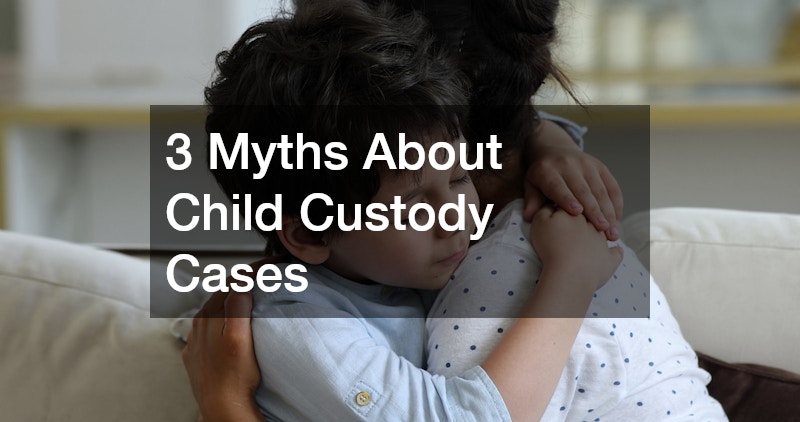Disclaimer: This website shares legal information for educational purposes only and does not constitute legal advice. Please consult a licensed attorney for advice specific to your situation.
When facing a child custody case, it’s easy to get caught up in common misconceptions that cause confusion and unnecessary stress. Let’s clear up three of the most persistent myths any local child custody attorney wants you to understand.
Myth 1: Mothers Always Get Custody
Many believe that courts automatically favor mothers in custody disputes. While this may have been more common decades ago, modern family courts are focused on the child’s best interests.
Judges consider several factors—such as stability, each parent’s involvement, and the child’s needs—regardless of gender. Both parents have equal opportunity to request custody and demonstrate their ability to provide a supportive home.
Myth 2: Children Can Choose Where They Live
While children may express a preference, especially as they get older, their choice is not the deciding factor. Courts may consider a child’s wishes, particularly for teenagers, but that’s just one element in a broader evaluation. Ultimately, the court’s primary concern is what arrangement will best support the child’s safety, emotional well-being, and development.
Myth 3: Shared Custody Means a 50/50 Time Split
Many assume that shared custody must involve splitting time exactly down the middle. In reality, shared custody refers more to shared legal responsibility, such as decision-making power over the child’s education, health, and upbringing. Physical custody can vary widely—sometimes one parent has the child most of the week, and the other gets weekends or holidays, depending on what’s most practical and beneficial for the child.

Understanding these myths helps parents approach custody matters with a clearer mindset. Every case is different, and having honest conversations with a qualified legal professional can help clarify what’s realistic. Always focus on cooperation, communication, and the best interests of your child.


